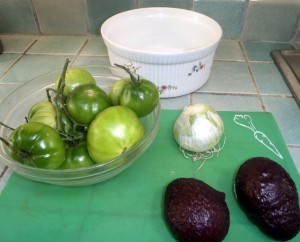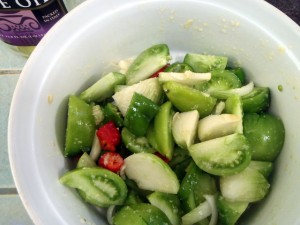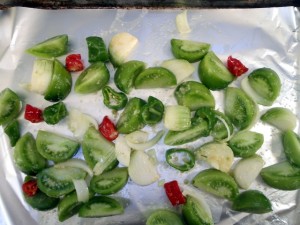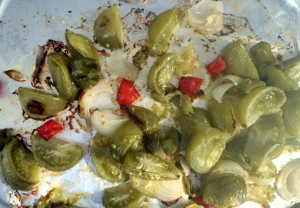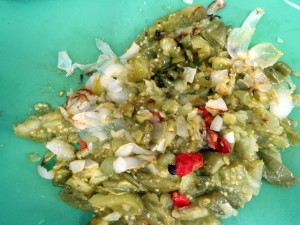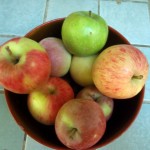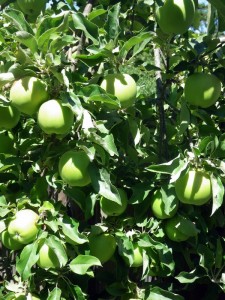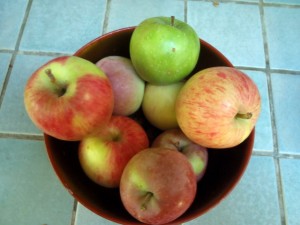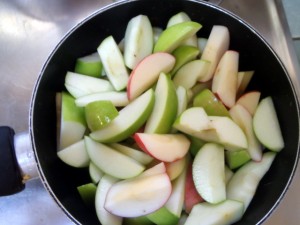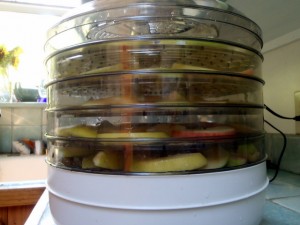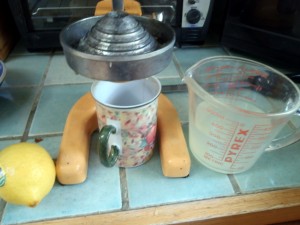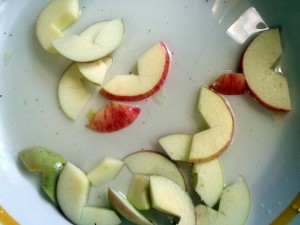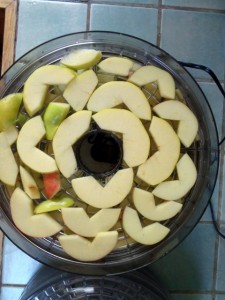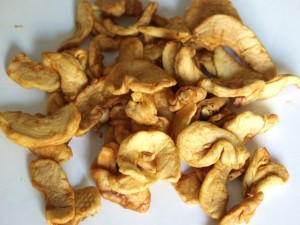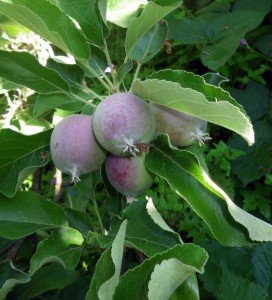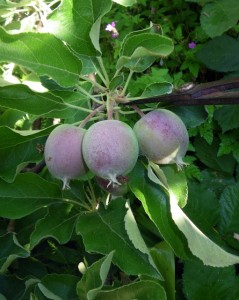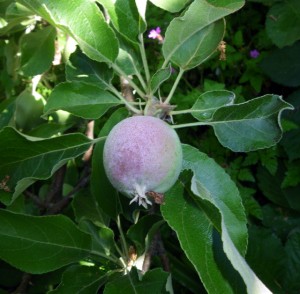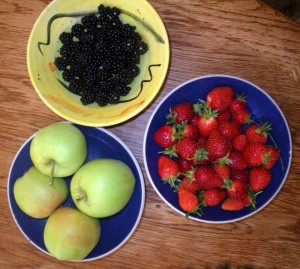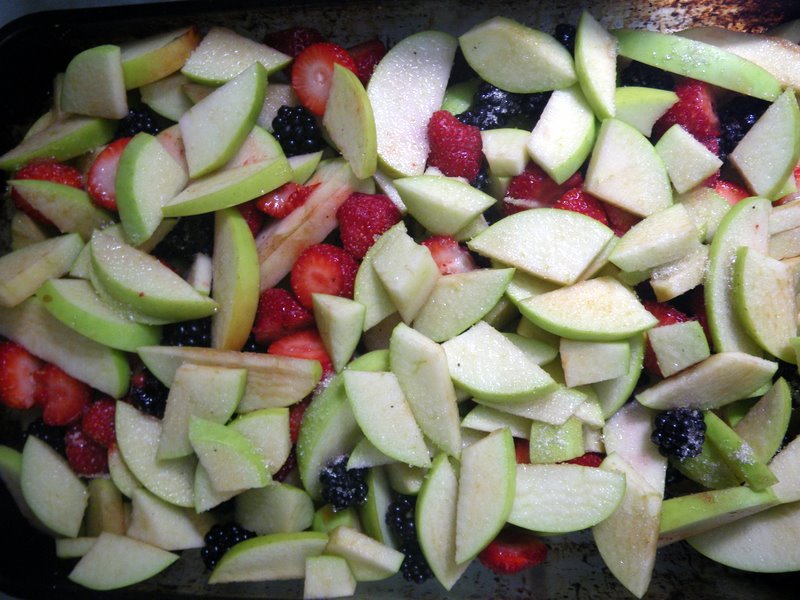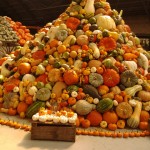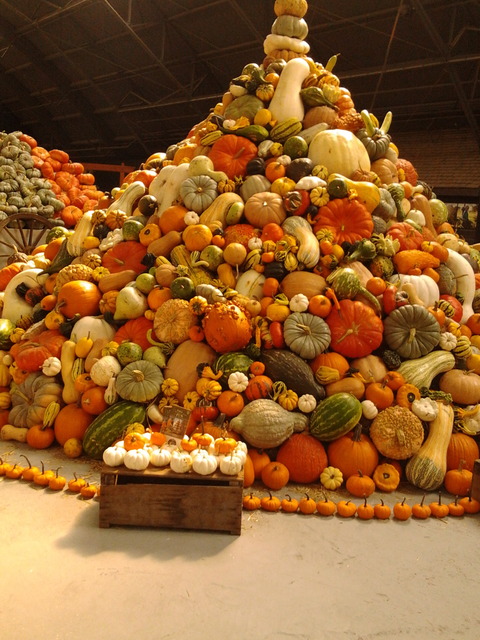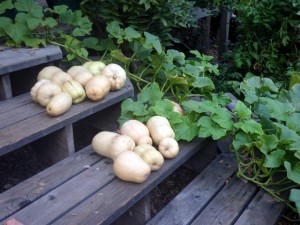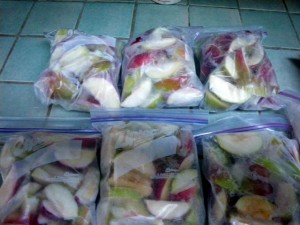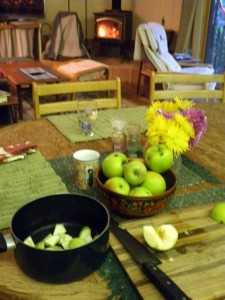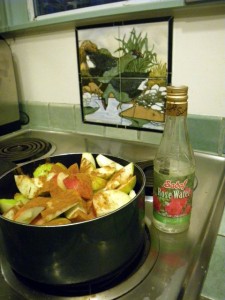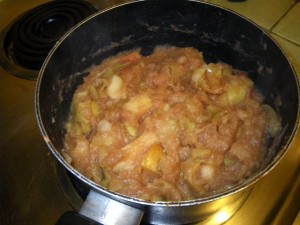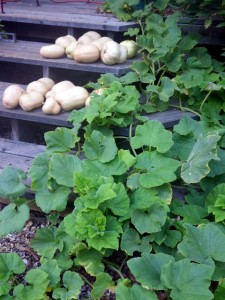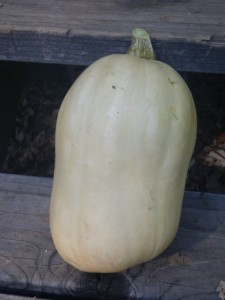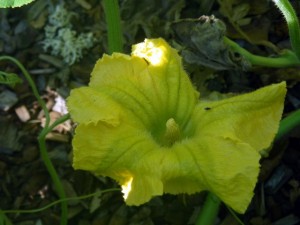
by Avis Licht –  The slow cooker Wonderbag is a wonderful find. Originally invented by founder Sarah Collins in South Africa with the intention of conserving cooking energy in developing nations, this cordless, power-free, gas-free slow cooker might just change the way we slow-cook forever. For every Wonderbag purchased in the US, one is donated to a family in need in Africa. Families in developing countries who use Wonderbags save up to 30% of their income otherwise spent on fuel for wood stoves.
The slow cooker Wonderbag is a wonderful find. Originally invented by founder Sarah Collins in South Africa with the intention of conserving cooking energy in developing nations, this cordless, power-free, gas-free slow cooker might just change the way we slow-cook forever. For every Wonderbag purchased in the US, one is donated to a family in need in Africa. Families in developing countries who use Wonderbags save up to 30% of their income otherwise spent on fuel for wood stoves.
Here is an opportunity to reduce your energy use, help women and children in poor countries, cook healthy meals in very little time and a side benefit for me – no burnt pots!
This is my super simple recipe for chicken soup with fresh herbs. You can buy this amazing Wonderbag from my store. I hope you enjoy it as much as I do.
Here is the series of photos of the making of the soup. It’s actually cooking on the dining room table in the insulated bag!
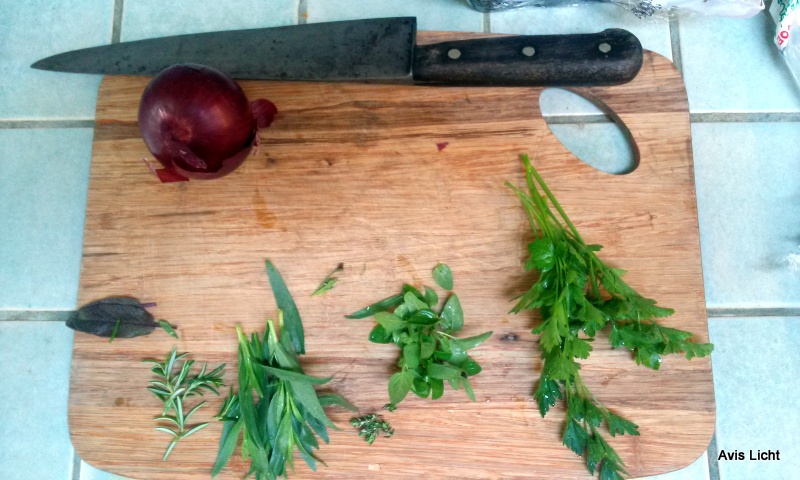
Sage, rosemary, tarragon, thyme, marjoram and parsley are the fresh herbs I used. Plus onion and garlic. Plus a little salt.
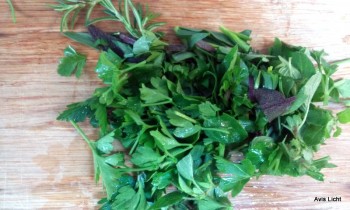
Chop the fresh herbs and place in the pot with the broth.
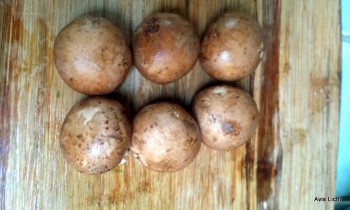
Any kind of mushrooms can be used. In the slow cooker they don’t get too soft.

Saute onions and garlic in olive oil or coconut oil. The smell is divine and gives a better flavor to the soup than used raw.
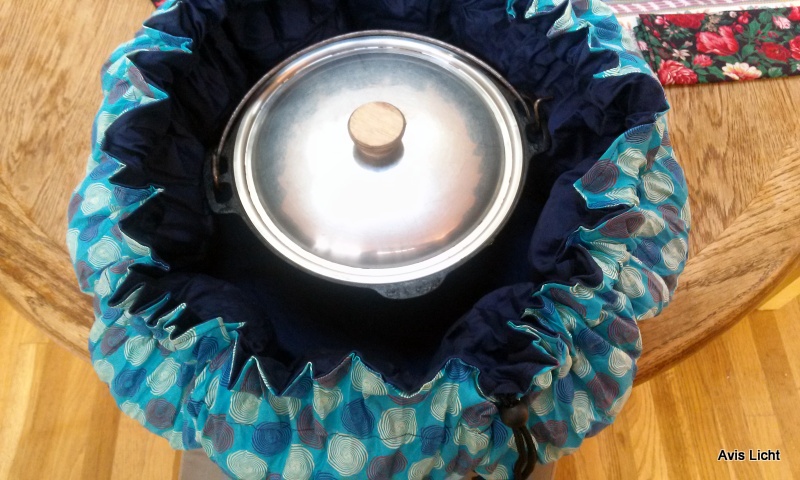
Bring soup to a boil then simmer 5 to 10 minutes. Put a close fitting lid on the pot and put into the bag.

Close it up tight and leave for 5 – 9 hours. Don’t open and peek or you will let the heat out.

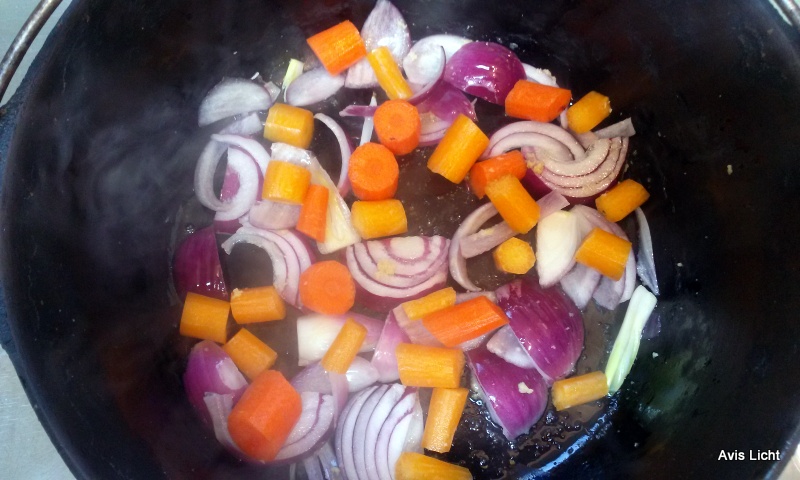
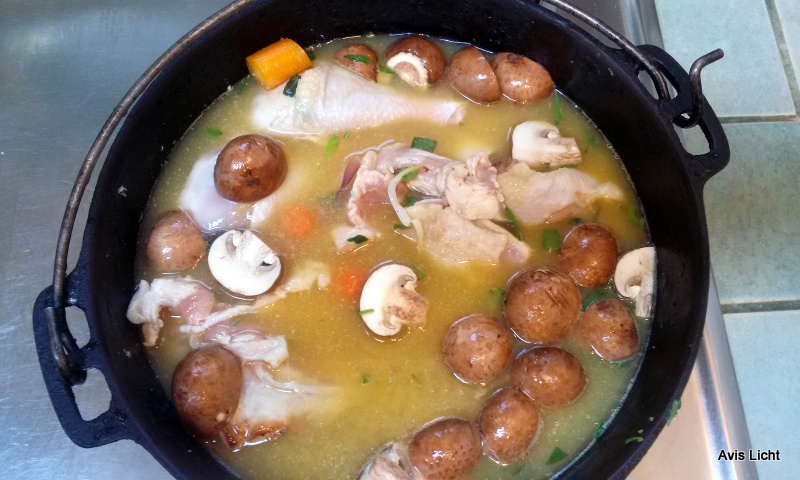
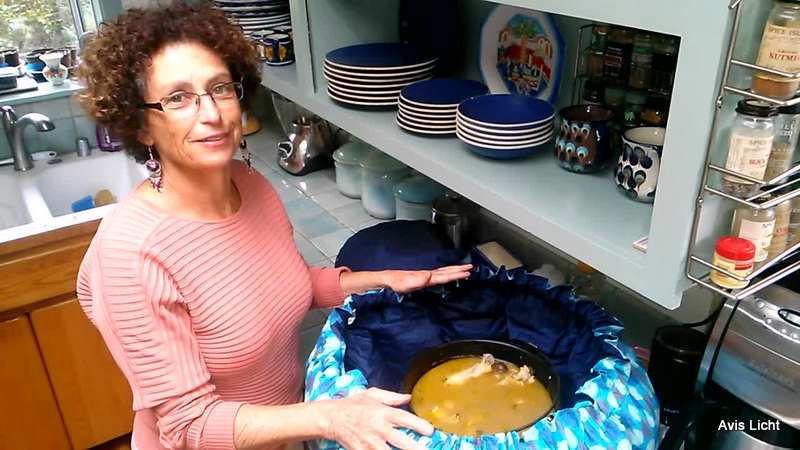

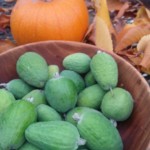
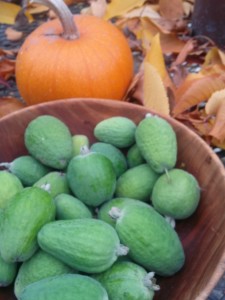
 See these pretty pink petals? They are edible. Just gently pull them off and leave the rest of the flower so that it turns into fruit. The petals are really delicious. Take my word for it.
See these pretty pink petals? They are edible. Just gently pull them off and leave the rest of the flower so that it turns into fruit. The petals are really delicious. Take my word for it.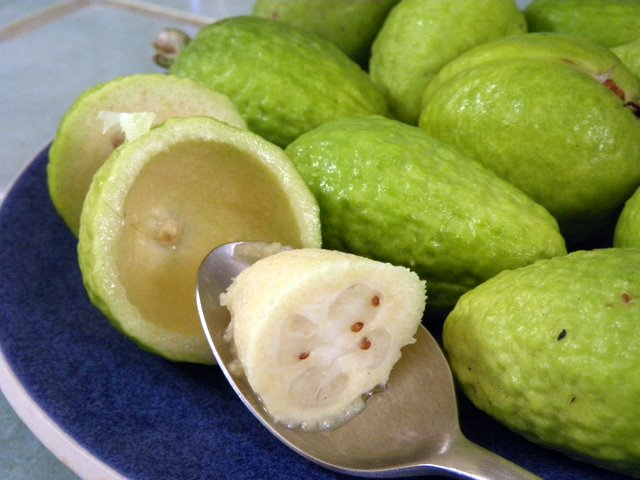

 Follow
Follow


